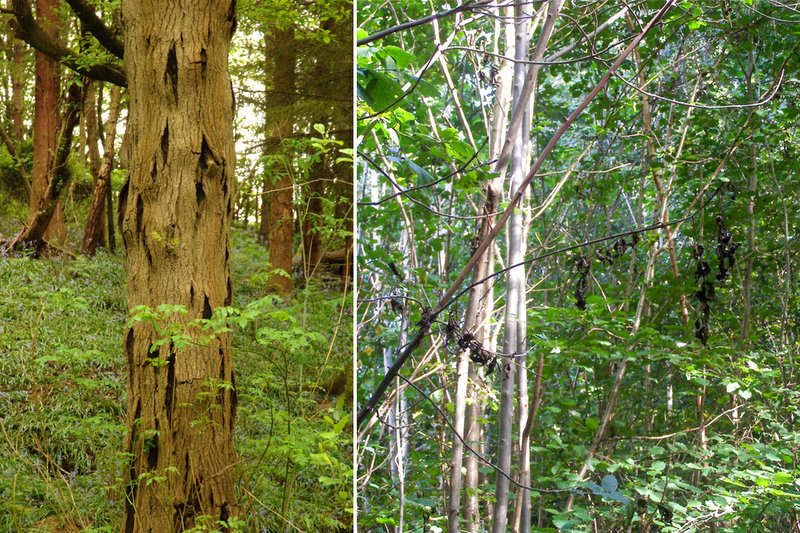
A number of trees riddled with disease are to be cut down on the Isle of Wight.
Ash dieback disease is affecting Forestry England’s woodlands on the Island.
From Monday (23), Forestry England’s contractors will be working across the Island to remove a number of trees that have been infected with Chalara, or Ash dieback disease as it’s more commonly known.
Caused by a fungus, the disease blocks the tree’s water transport system with devastating effects. It is not harmful to people or animals, but it can kill ash trees.
Ash dieback was first discovered in the UK in 2012 and evidence suggests that it could lead to the loss of around 60 -180 million ash trees across the UK.
The felling work is expected to be finished by the end of February, depending on the weather and ground conditions.
Extra care should be taken during this time, people are urged not to climb on log stacks and to look out for lorries moving timber in Parkhurst Forest, Bouldnor Forest, Firestone Copse and Combley Great Wood.
The work will be carried out as safely and as quickly as possible in order to keep disruption at a minimum. Forestry England would like to thank residents for their co-operation and apologise for any inconvenience this vital work may cause.
Forestry England’s local Forester, Ben Phelan, explained:
“Locally, Ash dieback disease has caused many trees across forests that we look after to become brittle and unstable, and a cause for concern. To protect the public, we’re having to remove many trees across our various woodlands on the Island.
"This will help to make Forestry England’s forests safer for users and those living near our boundaries. The removal of diseased ash trees is unwelcome, but a necessary job that is vital to help prevent the spread of the disease to other healthy trees.”


 Man Bitten By Dog On Newport Footpath
Man Bitten By Dog On Newport Footpath
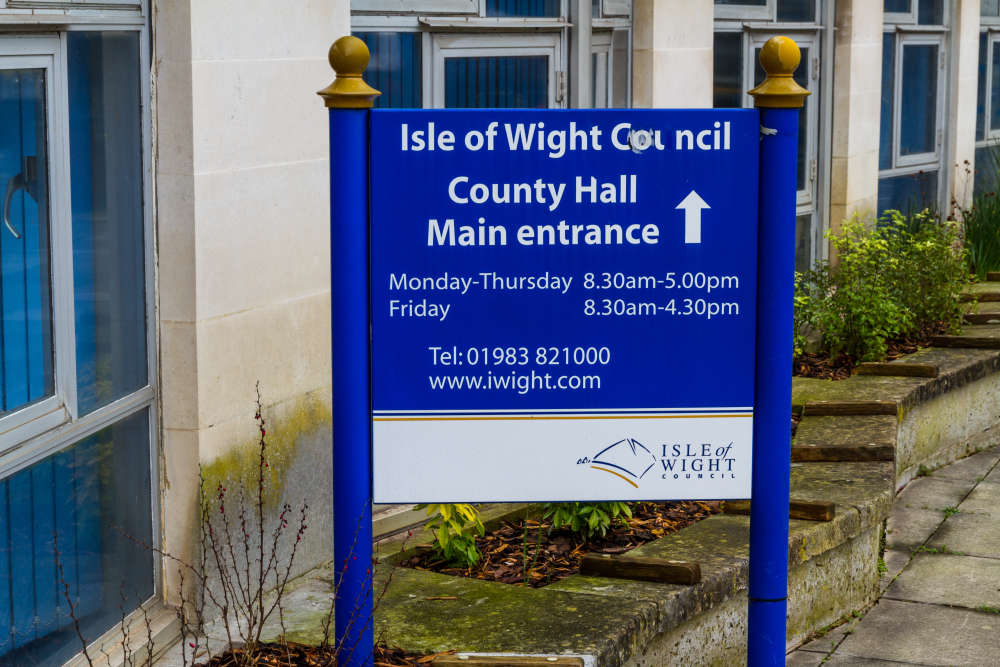 Full Council Throws Weight Behind Motion Defending County Hall's Independence
Full Council Throws Weight Behind Motion Defending County Hall's Independence
 Ningwood Hill Electricity Pole Crash Leads To Resident Evacuation
Ningwood Hill Electricity Pole Crash Leads To Resident Evacuation
 Isle Access Announces New Trustees And Focus On Accessible Cycling
Isle Access Announces New Trustees And Focus On Accessible Cycling
 Isle of Wight Ambulance Service partners with Hampshire and Isle of Wight Air Ambulance to elevate paramedic training and patient care
Isle of Wight Ambulance Service partners with Hampshire and Isle of Wight Air Ambulance to elevate paramedic training and patient care
 County Hall Backs Motion To Support Isle Of Wight Farmers
County Hall Backs Motion To Support Isle Of Wight Farmers
 Wight Aid Helps Footprint Trust Boost Energy Savings
Wight Aid Helps Footprint Trust Boost Energy Savings
 Isle Of Wight CAMRA Pub And Beer Of The Year 2024 Winners Announced
Isle Of Wight CAMRA Pub And Beer Of The Year 2024 Winners Announced
 Have You Seen Missing Sarah Watson, 56, From Ventnor?
Have You Seen Missing Sarah Watson, 56, From Ventnor?
 Newport Youth Hub 'Proving Very Effective' Says Council Leader
Newport Youth Hub 'Proving Very Effective' Says Council Leader
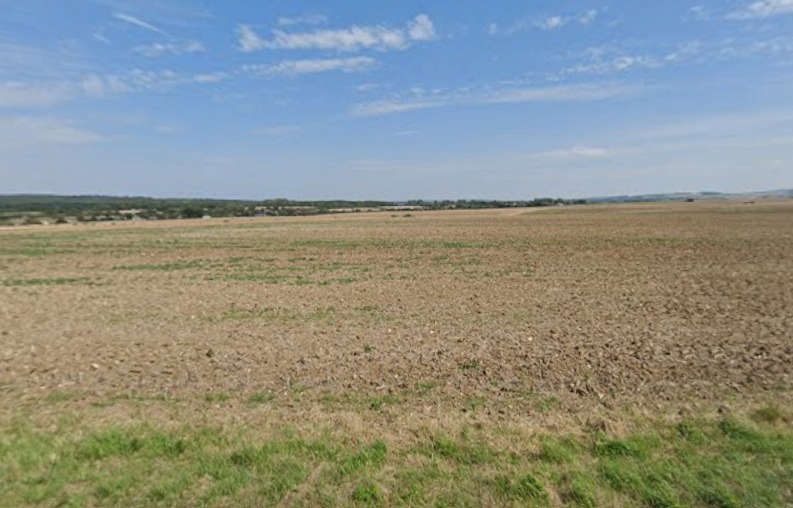 Kilometres-Long Underground Cable Could Be Installed Beneath Farmland
Kilometres-Long Underground Cable Could Be Installed Beneath Farmland
 Isle Of Wight MP Joins Forces With Digital Poverty Alliance For Local Device Donation Drive
Isle Of Wight MP Joins Forces With Digital Poverty Alliance For Local Device Donation Drive
 Newport Energy Hub Supports Utilita’s Renewed Pride365 Pledge
Newport Energy Hub Supports Utilita’s Renewed Pride365 Pledge
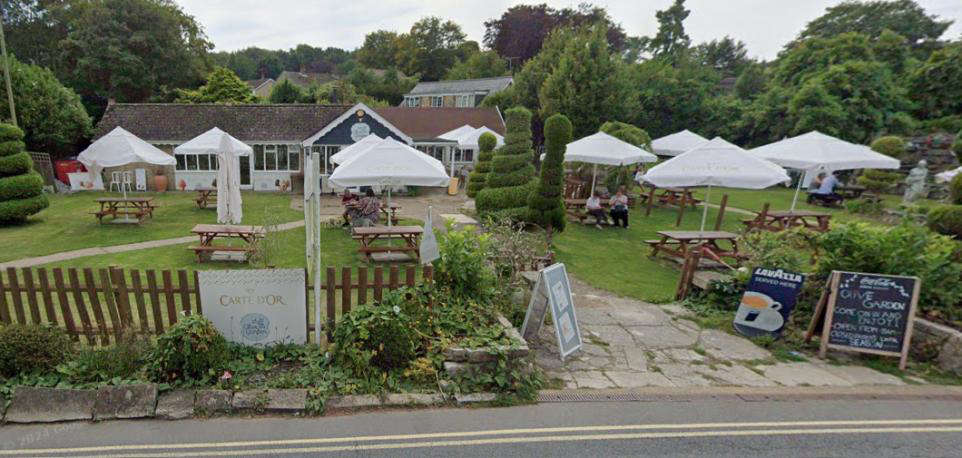 Island Roads Weigh In On Village Tea Room Plans
Island Roads Weigh In On Village Tea Room Plans
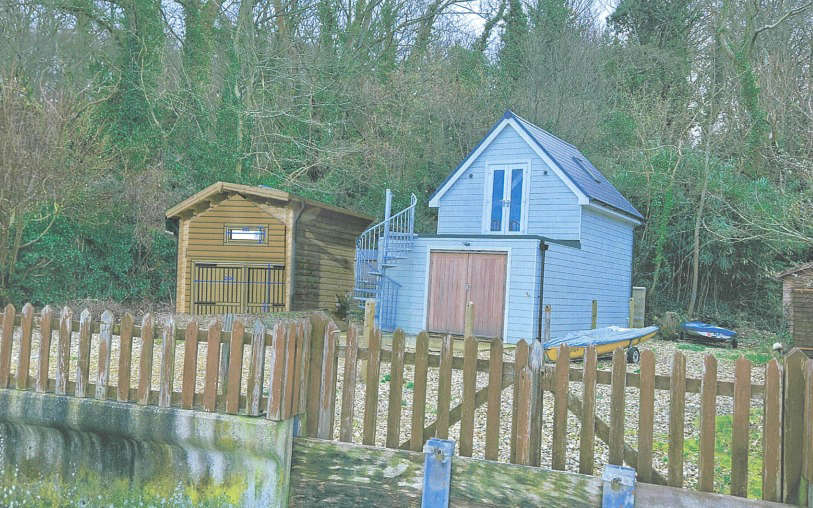 Bid To Construct Boat Store On Picturesque Island Seafront Met With Opposition
Bid To Construct Boat Store On Picturesque Island Seafront Met With Opposition
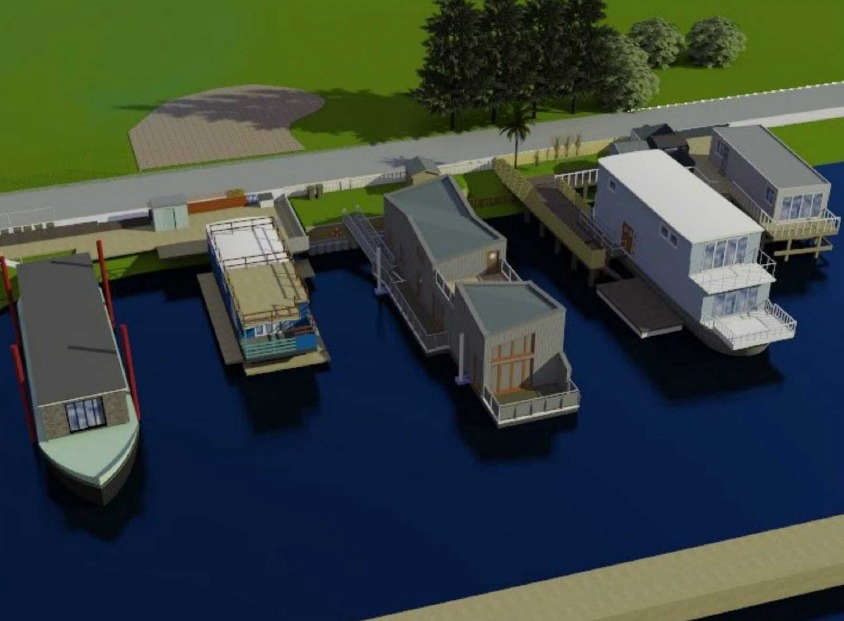 Village Harbour Could Get New 19.7 Metre Houseboat With 27 Solar Panels
Village Harbour Could Get New 19.7 Metre Houseboat With 27 Solar Panels
 Firefighters Come To The Rescue After Two Women Stuck In Mud In Seaview
Firefighters Come To The Rescue After Two Women Stuck In Mud In Seaview
 Silver Service For Frank As Islander Secures Place At World Bench Press Championships
Silver Service For Frank As Islander Secures Place At World Bench Press Championships
 Island Duo Launch Science-Based Planner to Help Runners Stay Motivated
Island Duo Launch Science-Based Planner to Help Runners Stay Motivated


